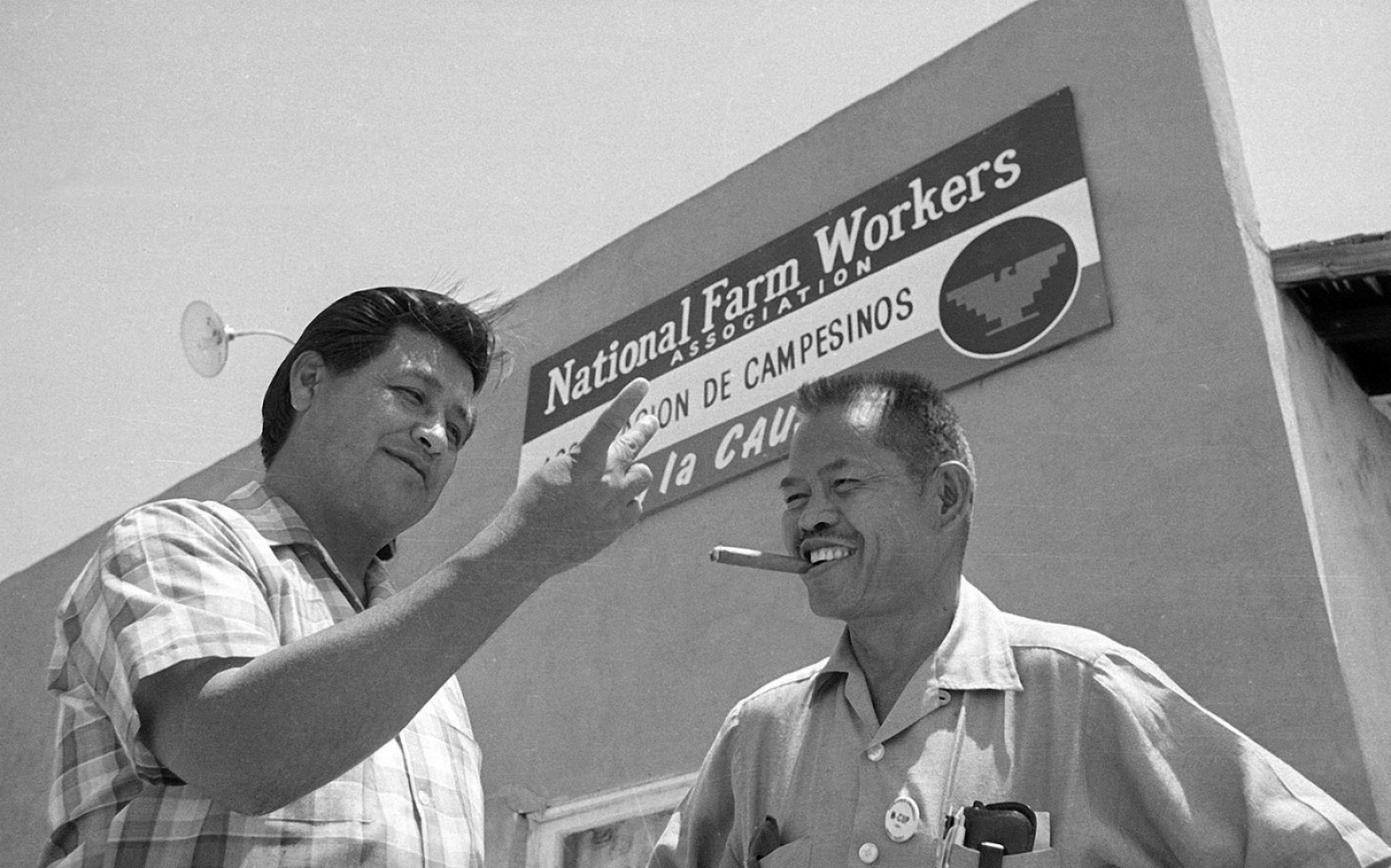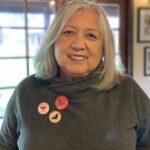
Mexican-Filipino-American labor activist Lorraine Agtang reflects on the significance of Larry Itliong Unity Park.
I am one of the last surviving Filipino grape strikers who walked out of Delano, Calif. vineyards on Sept. 8, 1965, when Larry Itliong helped lead those historic walkouts. My six siblings and I lived with our parents for years in the same farm labor camp where most of us were born outside Delano. I was 13 when the strike started.
Thus began an epic American civil and labor rights struggle, and Larry Itliong is increasingly celebrated as a landmark figure and as a tough and relentless Filipino American labor organizer and community leader. His Oct. 25 birthday is marked as a special day under state law in California. He is acclaimed in books, films, schools, and now a musical. Larry is finally being honored with the grand opening on May 11 of a park named for him in Delano, where he and the Filipino grape strikers started the five-year-long grape strike and boycott.
The park, Larry Itliong Unity Park, is aptly named. It signifies the solidarity between the races he and the other Filipino grape strikers belonging to the Agricultural Workers Organizing Committee initiated by turning to the largely Latino National Farm Workers Association led by Cesar Chavez, and asking them to join their picket lines. Growers historically used the races to break each other’s strikes. So that racial unity was key to the walkouts’ success and the emergence of America’s first enduring farm worker union, the United Farm Workers, the result of a merger of the Filipino and Latino unions in 1966.
Larry’s lifetime of activism predated Delano in 1965. After immigrating from the Philippines at age 15 in 1929, he migrated up and down the West Coast toiling in fields and canaries. His storied organizing career spanned from the 1930s through the 1960s.
Most Filipino members of the Agricultural Workers Organizing Committee could not marry because of California’s racist anti-miscegenation law. My family was an exception. My father, Platon Agtang, married my mother, Lorenza Agtang, a Mexican. Larry and my father were called “Manongs”—older, respected ones who helped build the union movement in the fields.
My father was a loyal union member who never broke the strike during its five years. With seven kids to feed, he returned to migrant farm work, laboring as far north as Stockton.
By the time the strike and boycott convinced table grape growers to sign their first UFW contracts in 1970, most Filipino grape strikers were too old for field labor. Without families, they had no decent places to live.
So inspired by Larry and Filipino UFW leaders, the farm worker movement used volunteer labor—including college students—to build the Paulo Agbayani Retirement Village on the movement’s “Forty Acres” complex in Delano. It is still owned and managed by the National Chavez Center, an arm of the Cesar Chavez Foundation.
A beautiful adobe-brick Mission-style affordable housing community, Agbayani Village was for the Delano Manongs and other retired or displaced Filipino farm workers. I was the first manager. We went as far as Salinas and Stockton to recruit the initial residents. There, elderly Filipino brothers lived the rest of their years in dignity and security. They had a community kitchen with a Filipino menu, a recreation room, garden, and access to the adjacent medical clinic and social services.
When California’s farm labor law passed in 1975, I was a UFW organizer, practicing lessons about racial solidarity learned from Cesar, Larry and the other Manongs. I organized farm workers at Delano grape ranches who were Filipinos, Arabs, Puerto Ricans, and Mexicans.
Larry Itliong, Cesar Chavez, and the other Filipino and Latino leaders of the UFW brought together the two races and cultures. I was a mestiza, of mixed race, Filipino and Mexican. Because Filipinos and Latinos united in one union, for the first time in my life I felt whole as a person grounded in both communities. That’s partly why the UFW succeeded while other unions failed for 80 years to organize farm workers.
We can never forget Larry Itliong, Platon Agtang, and the Filipino workers who started the grape strike. They helped found an extraordinary movement and union that continues fighting for farm workers seven decades later.
On Oct. 19, around Larry’s birthday, we will commemorate the 50th anniversary of the Agbayani Village. The Filipino Community of Delano is also staging its Filipino Weekend celebration then at the Forty Acres. Please join us in marking these historic events.
About Lorraine Agtang
Lorraine Agtang, a participant in the 1965 Delano Grape Strike at just 13, later became the first Paulo Agbayani Retirement Village manager and has been a lifelong activist in the farm worker movement. She played a crucial role in organizing diverse farm workers for union elections in 1975, continuously honoring the legacy of the Manongs.
Image Credit: Calendow

